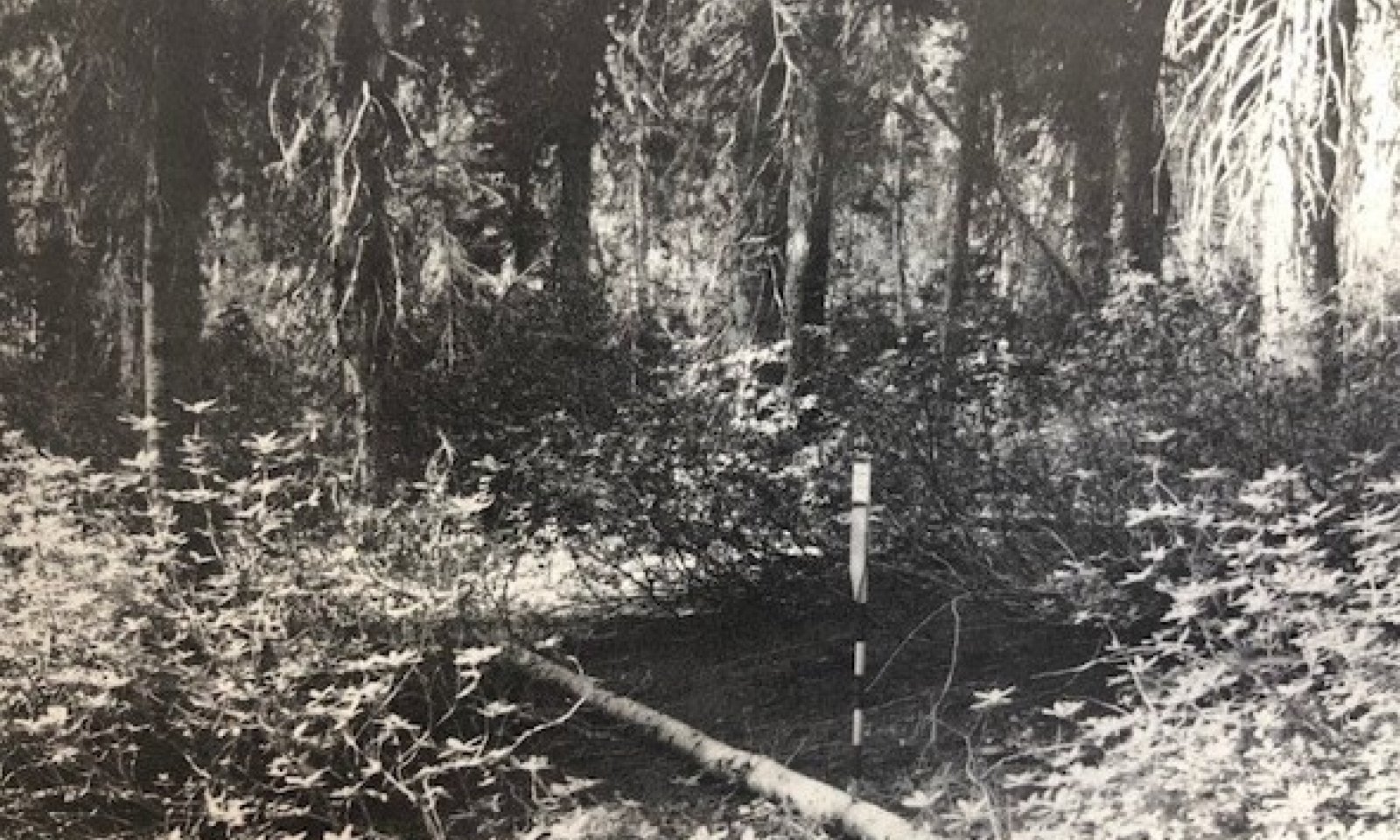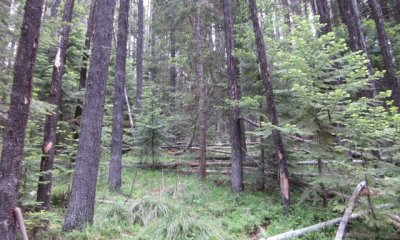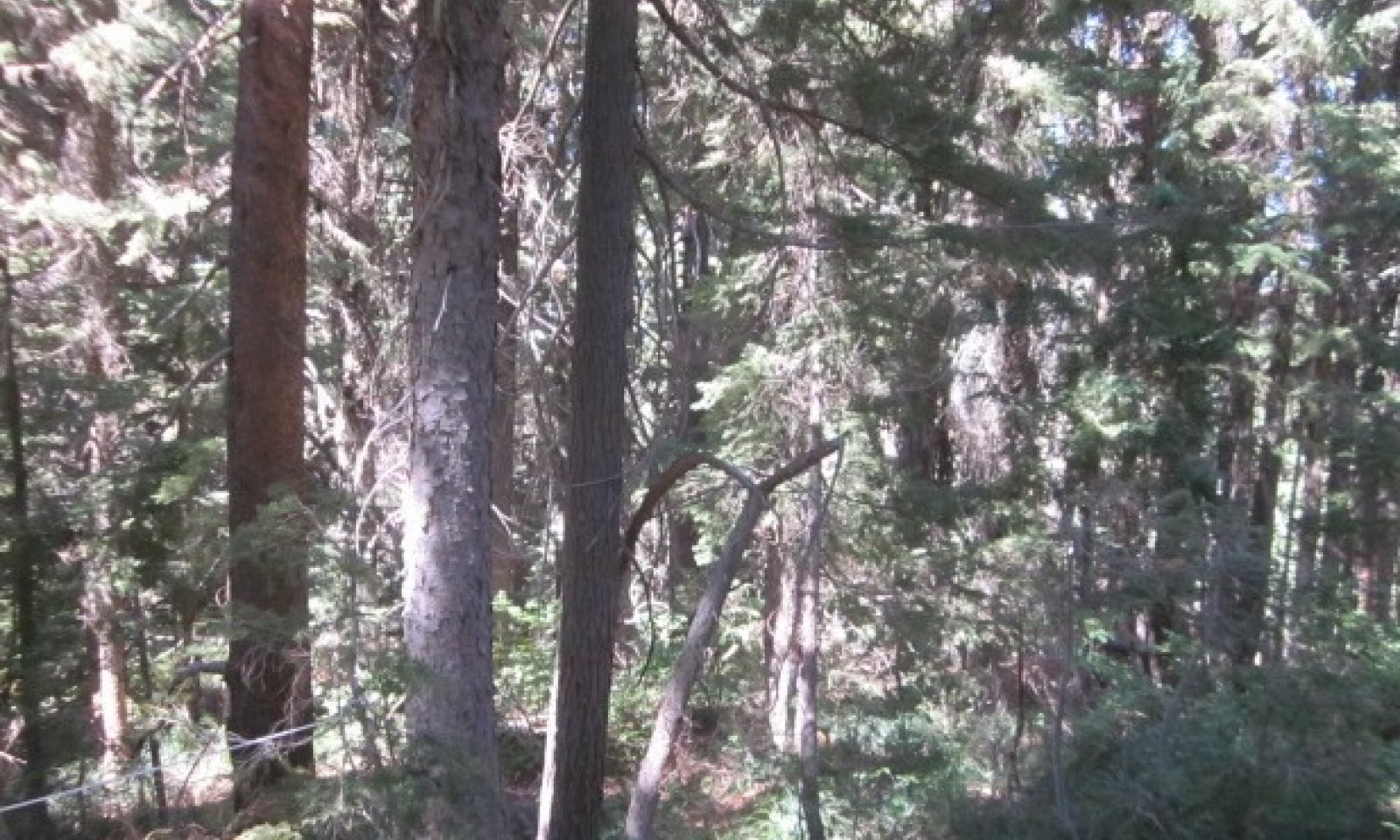
Ashy Metasedimentary Mountain Slopes Cryic
Scenario model
Current ecosystem state
Select a state
Management practices/drivers
Select a transition or restoration pathway
- Transition T1A More details
- Transition T1B More details
- Restoration pathway R2A More details
- Restoration pathway R3A More details
-
No transition or restoration pathway between the selected states has been described
Target ecosystem state
Select a state
Description
Moist sites have substantial shrub cover, and often have a closed canopy. Climax stands are dominated by subalpine fir and mountain hemlock. Large spruces persist for centuries in old-growth stands. A variety of species, including climax species and spruce, occur in early succession. Seral lodgepole pine can dominate in several habitat types, but it dies out 120 to 160 years after stand establishment. Western larch is common on sites with good drainage.
Submodel
Description
Lack of fire allows shade tolerant species (subalpine fir, mountain hemlock) to dominate site. Scattered large individuals of Engelmann spruce may persist in stand. Shrubs include fools huckleberry, and blue huckleberry. Forbs include queencup beadlily, rattlesnake plantain, western meadowrue and beargrass. Shrubs such as fools huckleberry and blue huckleberry will increase in absence of fire.
Description
Lodgepole seedlings dominate stand soon after fire. When the prefire stand supported pines with serotinous cones, lodgepole pine seedlings often germinate in profusion the year after fire, with densities exceeding 10,000 per acre. When the prefire stand supported pines bearing mainly nonserotinous cones, restocking is slower. Douglas-fir regeneration is common on relatively warm sites. Engelmann spruce and subalpine fir also occur, but competition and shade from lodgepole seedlings suppress these species. Where fire return frequency is ~150 years PICO has potential to dominate reproduction and stand composition through several fire cycles.
Mechanism
Fire exclusion for long time periods will lead to an overstory of subalpine fir or mountain hemlock and Engelmann spruce with both species also in the understory. On the moister sites Engelmann spruce will be more prominent.
Mechanism
Stand replacing fir recurs over an interval <150 years. PICO is present as seed source in stand and successfully dominates regeneration.
Mechanism
Overstory management and prescribed fire to increase seral species establishment.
Model keys
Briefcase
Add ecological sites and Major Land Resource Areas to your briefcase by clicking on the briefcase (![]() ) icon wherever it occurs. Drag and drop items to reorder. Cookies are used to store briefcase items between browsing sessions. Because of this, the number of items that can be added to your briefcase is limited, and briefcase items added on one device and browser cannot be accessed from another device or browser. Users who do not wish to place cookies on their devices should not use the briefcase tool. Briefcase cookies serve no other purpose than described here and are deleted whenever browsing history is cleared.
) icon wherever it occurs. Drag and drop items to reorder. Cookies are used to store briefcase items between browsing sessions. Because of this, the number of items that can be added to your briefcase is limited, and briefcase items added on one device and browser cannot be accessed from another device or browser. Users who do not wish to place cookies on their devices should not use the briefcase tool. Briefcase cookies serve no other purpose than described here and are deleted whenever browsing history is cleared.
Ecological sites
Major Land Resource Areas
The Ecosystem Dynamics Interpretive Tool is an information system framework developed by the USDA-ARS Jornada Experimental Range, USDA Natural Resources Conservation Service, and New Mexico State University.




